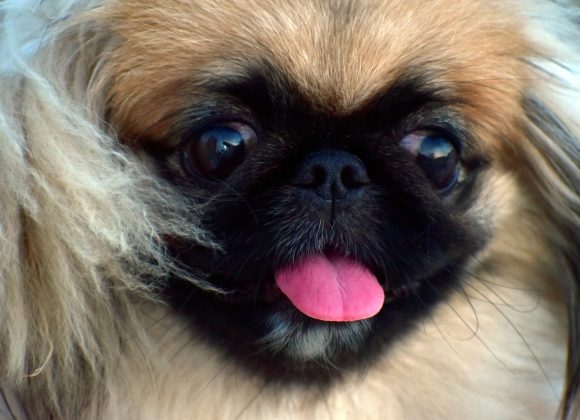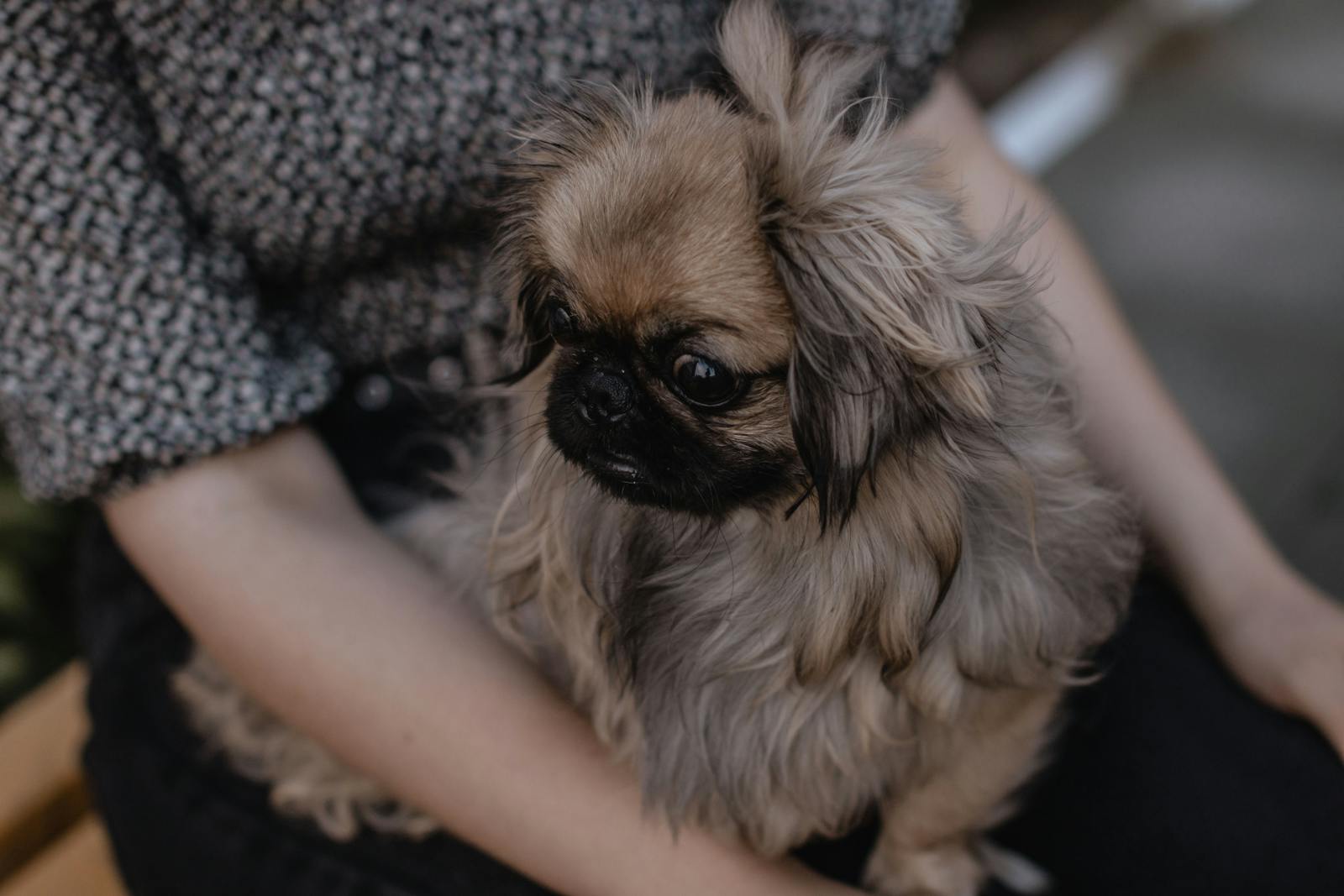Tear stains are a common issue for Pekingese dogs, often appearing as dark, reddish-brown marks around their eyes. While these stains are typically harmless, they can be unsightly and sometimes indicate underlying health concerns. Understanding what causes tear stains and how to prevent them can help keep your Pekingese looking its best while maintaining optimal eye health.
What Causes Tear Stains in Pekingese Dogs?
Tear stains occur when excessive tear production (epiphora) interacts with the fur around the eyes. Several factors can contribute to tear staining in Pekingese dogs:
- Facial Structure – Pekingese have a brachycephalic (flat-faced) skull, which can cause tear ducts to become blocked or inefficient at draining tears properly.
- Tear Composition – The presence of porphyrins, iron-containing compounds in tears, can lead to staining when exposed to air.
- Blocked Tear Ducts – Some Pekingese suffer from partially or completely blocked tear ducts, leading to excessive tearing and staining.
- Eye Irritation – Allergies, infections, or irritants such as dust, wind, or smoke can cause watery eyes.
- Diet and Water Quality – Poor-quality food or tap water high in minerals can contribute to excessive tear staining.
How to Prevent Tear Stains on Your Pekingese
Fortunately, there are several effective ways to prevent and minimize tear stains on your Pekingese:
Regular Eye Cleaning
- Use a damp, soft cloth or cotton pad to gently wipe around your Pekingese’s eyes daily.
- Consider using vet-approved tear stain wipes or a saline solution to keep the eye area clean.
- Avoid harsh chemicals or products with irritants, as Pekingese dogs have sensitive skin around their eyes.
Keep Facial Hair Trimmed
- Long fur around the eyes can trap moisture and bacteria, leading to tear stains and infections.
- Regularly trim the fur near your dog’s eyes using rounded-tip scissors or have a groomer do it professionally.
Check for Underlying Health Issues
- If tear stains suddenly worsen, consult a vet to rule out infections, allergies, or blocked tear ducts.
- Watch for additional symptoms like redness, swelling, or excessive rubbing, which may indicate a deeper problem.
Improve Diet and Hydration
- Feed your Pekingese a high-quality diet with limited additives and artificial ingredients.
- Switch to filtered or distilled water to reduce the risk of mineral buildup that can contribute to staining.
- Adding small amounts of apple cider vinegar (one teaspoon per gallon) to their water can help balance pH levels and reduce tear staining.
Use Tear Stain Removers
- Some pet-safe tear stain removers are available in powder or liquid form.
- Always choose products with natural ingredients and avoid harsh chemicals.
Maintain Overall Hygiene
- Keep your Pekingese’s face dry, especially after meals and water breaks.
- Clean food and water bowls regularly to prevent bacteria buildup.
When to Seek Veterinary Advice
While mild tear staining is normal, excessive tearing or sudden changes should be evaluated by a veterinarian. Seek medical attention if your Pekingese experiences:
- Thick or discolored discharge (yellow or green)
- Swollen or red eyes
- Squinting or excessive blinking
- Persistent rubbing or pawing at the eyes





